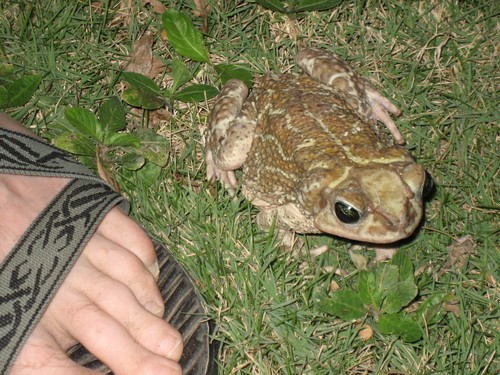Eastern giant toad
A species of Peltophryne Scientific name : Peltophryne peltocephala Genus : Peltophryne
Eastern giant toad, A species of Peltophryne
Scientific name: Peltophryne peltocephala
Genus: Peltophryne
Content
Description General Info
Description
Peltophryne peltocephala is a species of toad in the family Bufonidae. It is endemic to Cuba and found in central and eastern Cuba as well as on some outlying islands. It occurs in a range of habitats including broadleaf forest, grassland, savanna, and agricultural areas. It is a common species but locally threatened by habitat loss.
General Info
Lifespan
12-16 years
Diet
Eastern giant toad relies primarily on a carnivorous diet, unusually favoring spiders. Beyond arachnids, it also consumes other invertebrates such as insects, with a special preference for ants, beetles, and crustaceans, particularly in their larval stages.
Appearance
Eastern giant toad is a moderate-sized toad with a stocky body shape and rough, warty skin. It primarily displays a brown coloration which allows for camouflage within its habitat. Its most distinctive features are its prominent round parotoid glands behind the eyes. There are no significant differences in appearance due to age, gender, or subspecies. Interestingly, a bright yellow coloration on its underparts can be observed, contrasting its overall darker surface.
Behavior
Eastern giant toad is a solitary and crepuscular animal, most active at dawn and dusk. Its primary behavior involves burrowing in the moist, forest floor for cooling and protection against predators. During mating season, males display territoriality through distinctive vocalizations. Notably, eastern giant toad manifests exceptional crypsis, adapting its skin color to the environment for camouflage.
Population
Stable
Scientific Classification
Phylum
Chordates Class
Amphibians Order
Frogs and toads Family
True toad Genus
Peltophryne Species
Eastern giant toad 